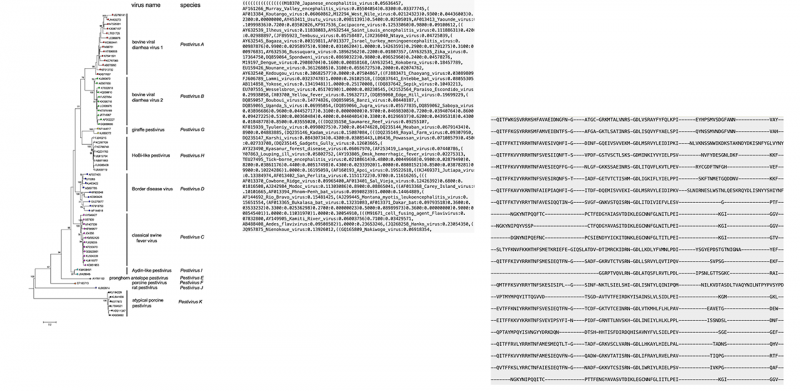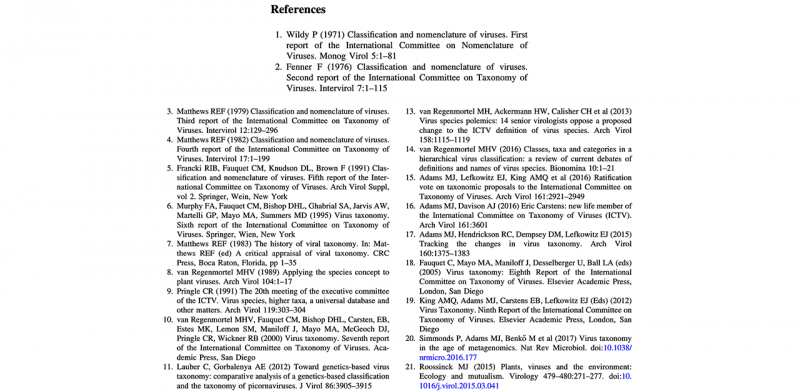Further reading: Benyviridae
Further reading: Benyviridae
Acosta-Leal, R., Bryan, B. K., Smith, J. T. & Rush, C. M. (2010). Breakdown of host resistance by independent evolutionary lineages of Beet necrotic yellow vein virus involves a parallel c/u mutation in its p25 gene. Phytopathology 100, 127-133. [PubMed]







